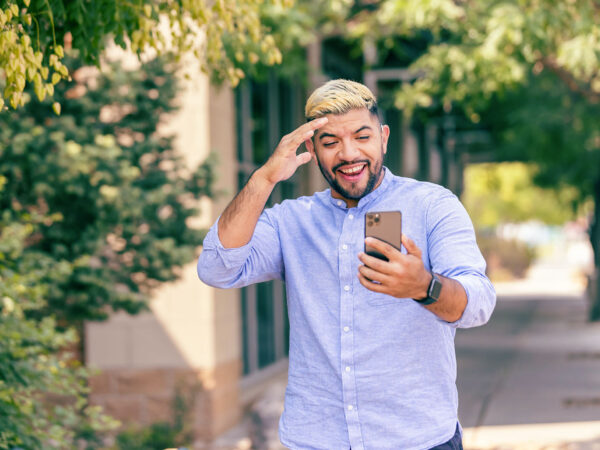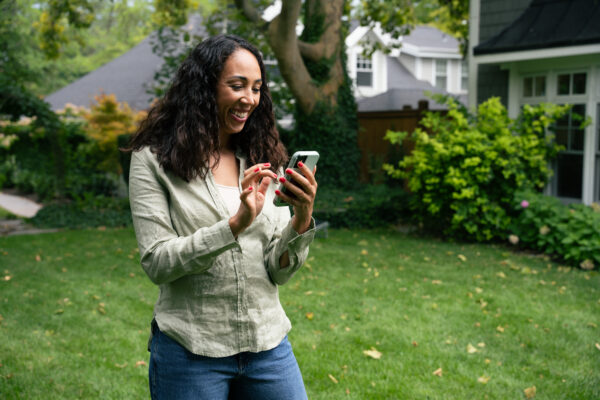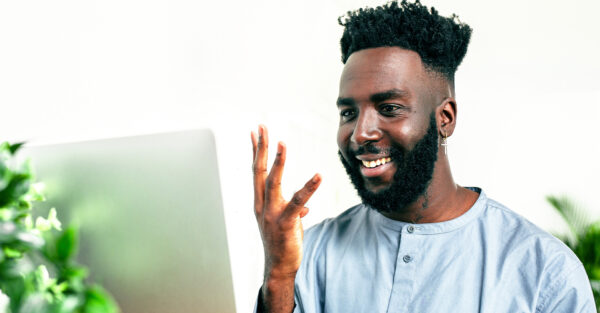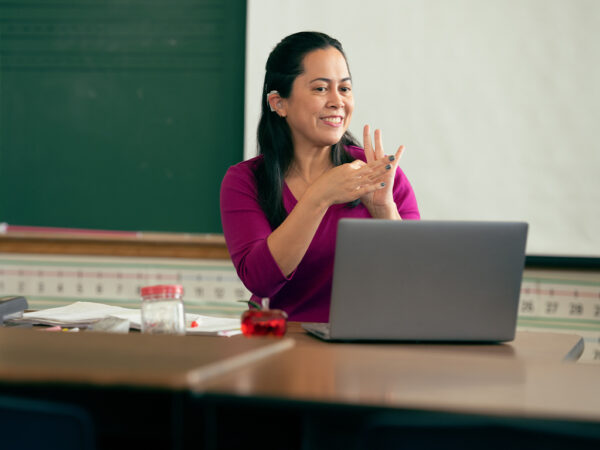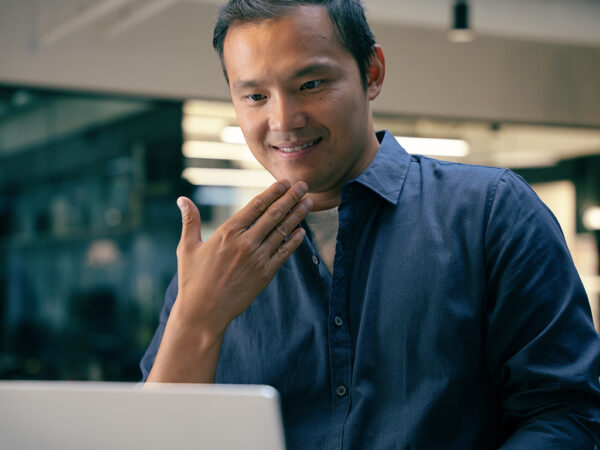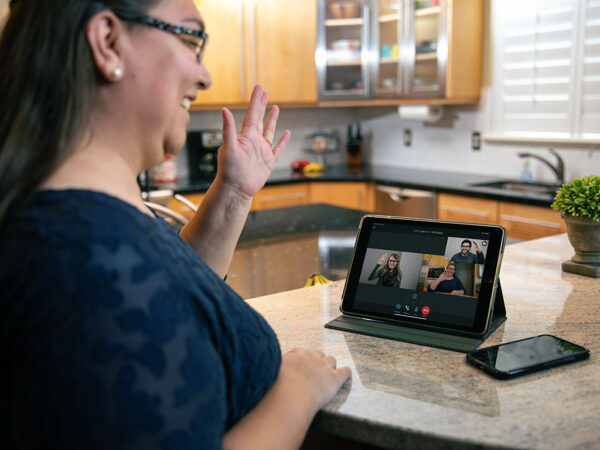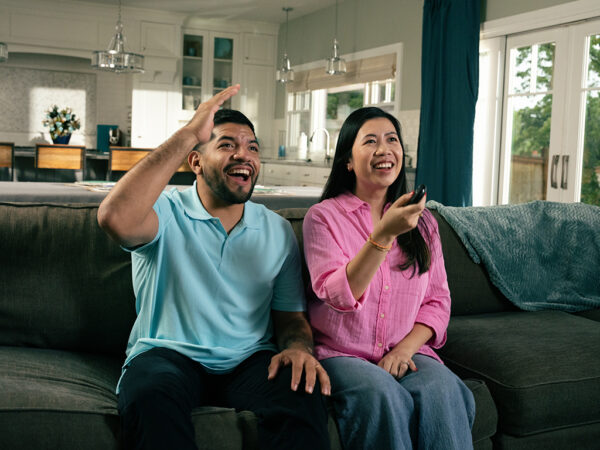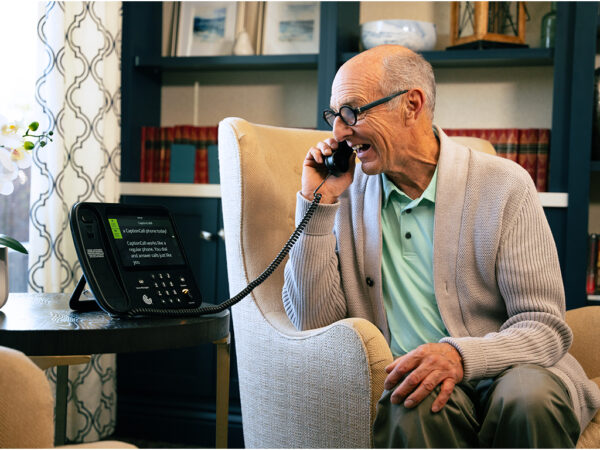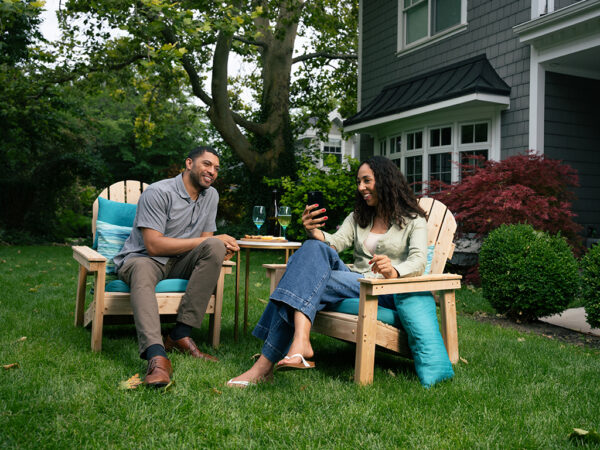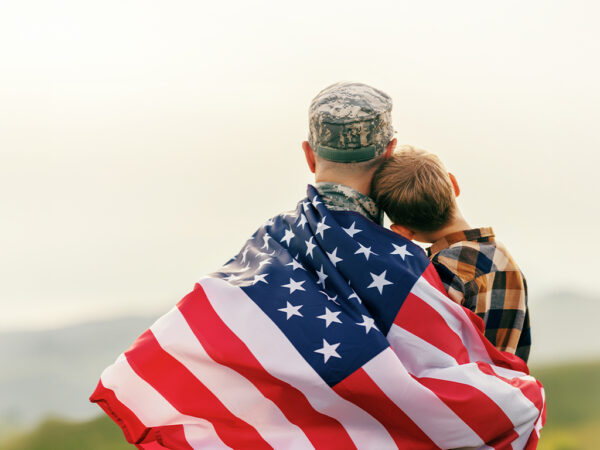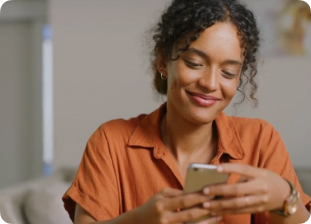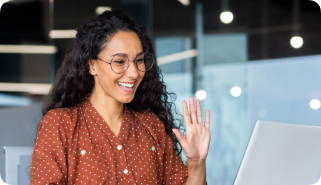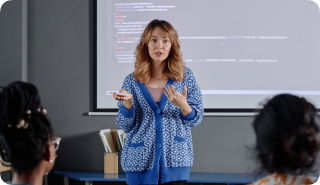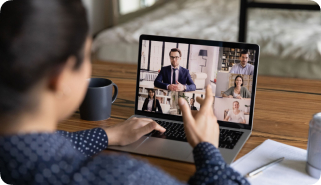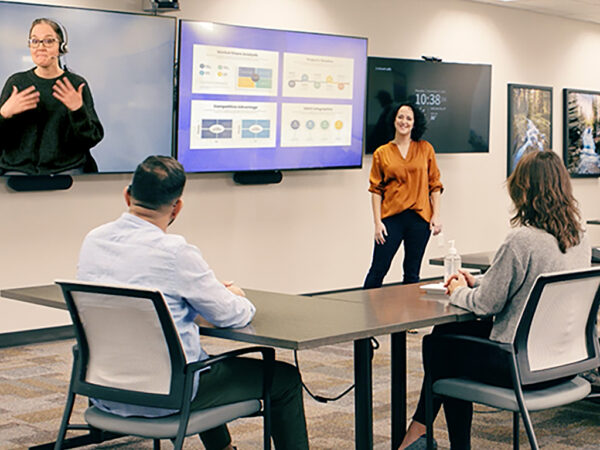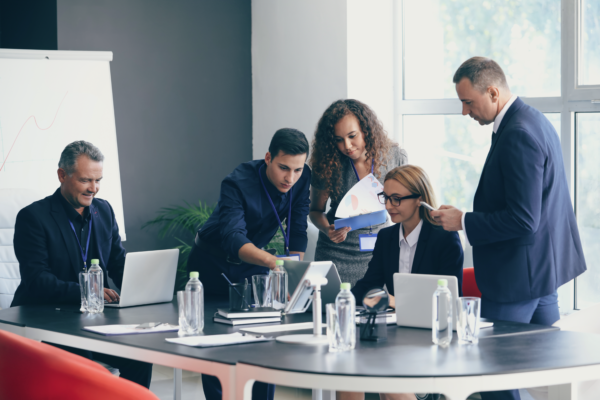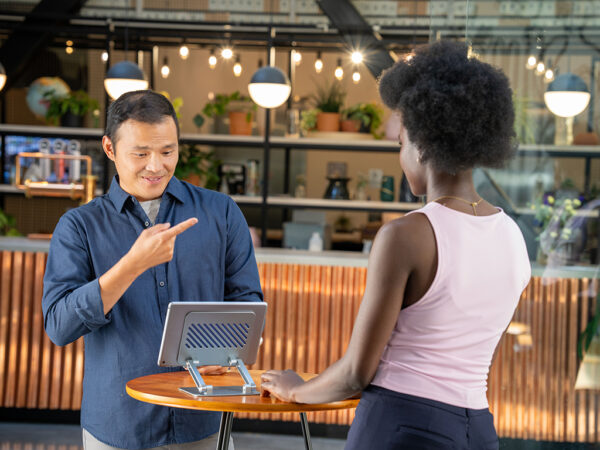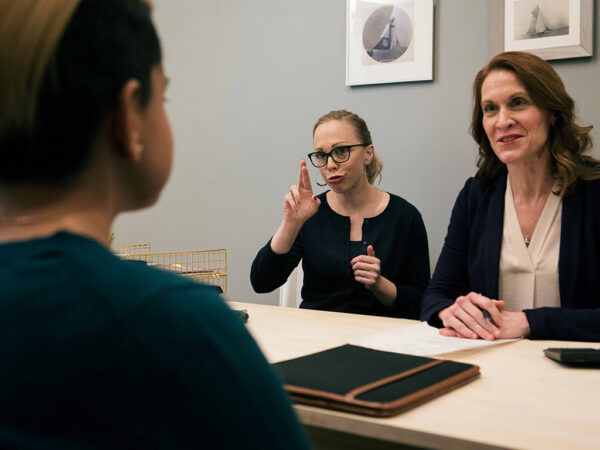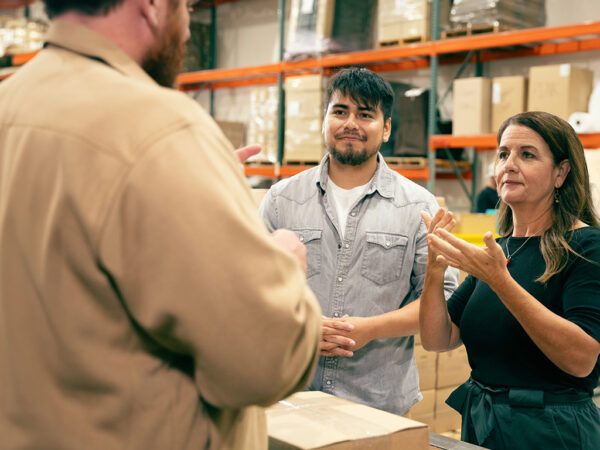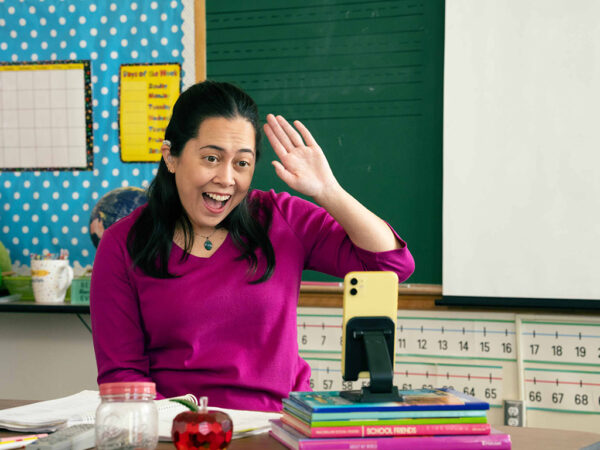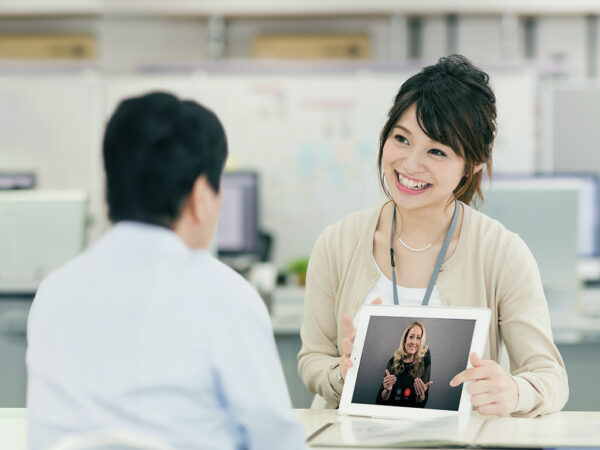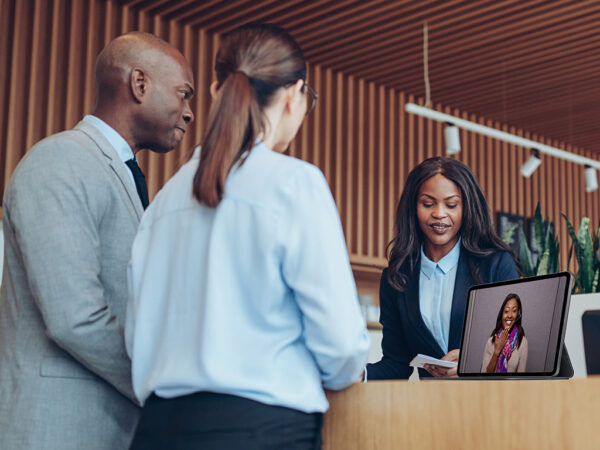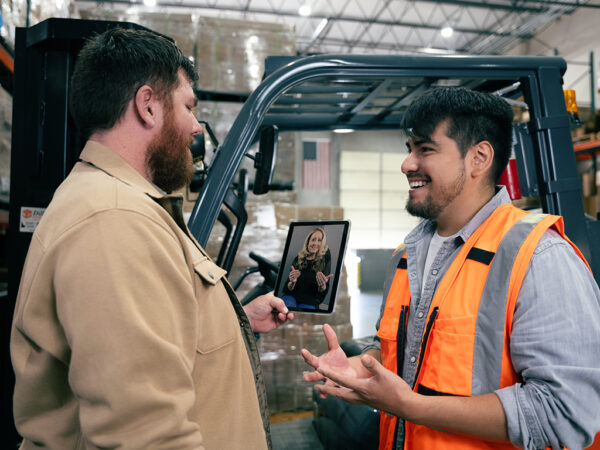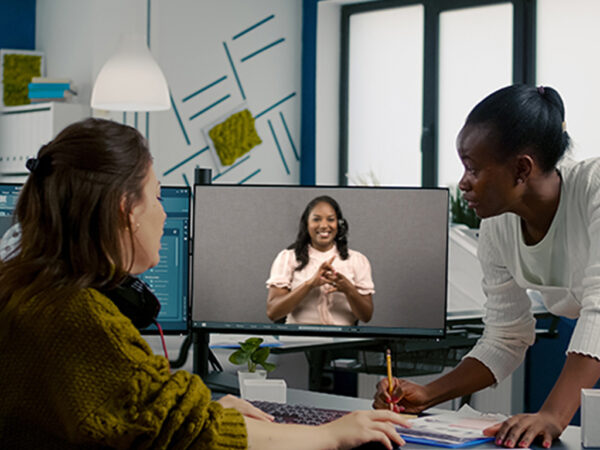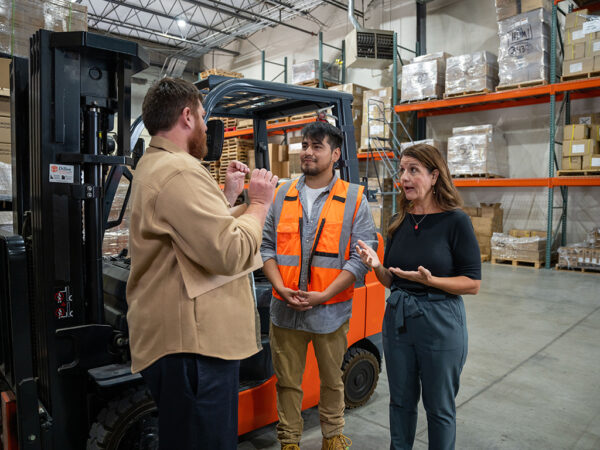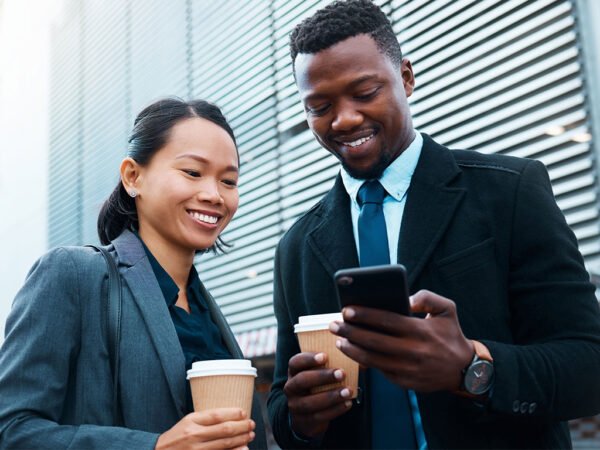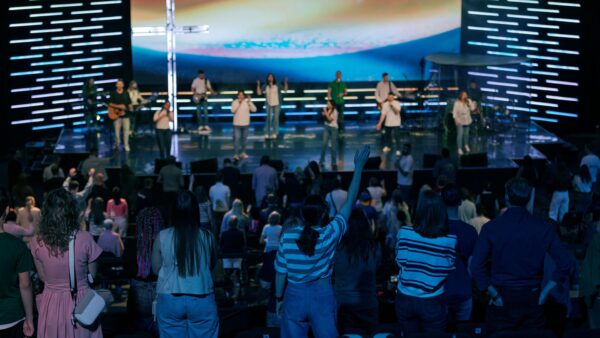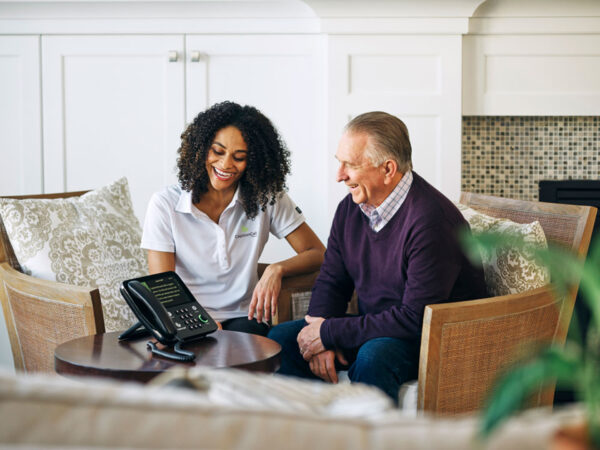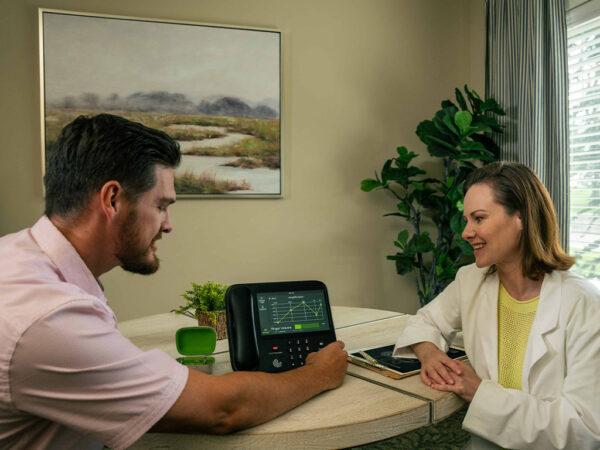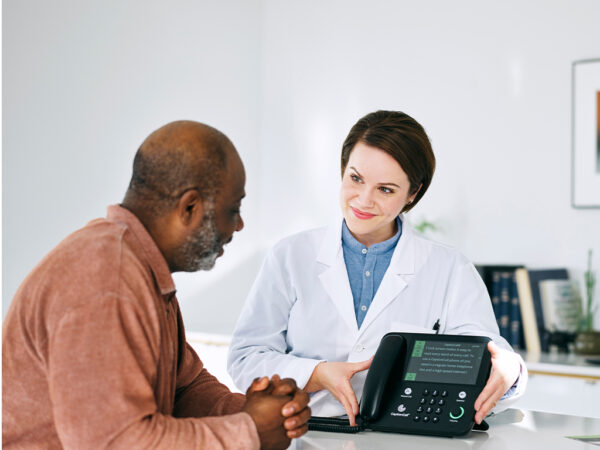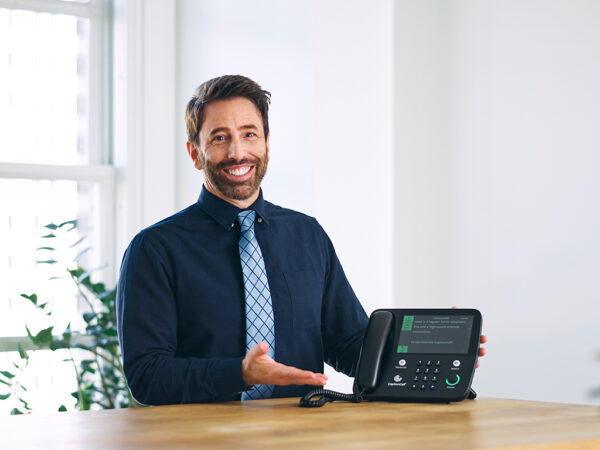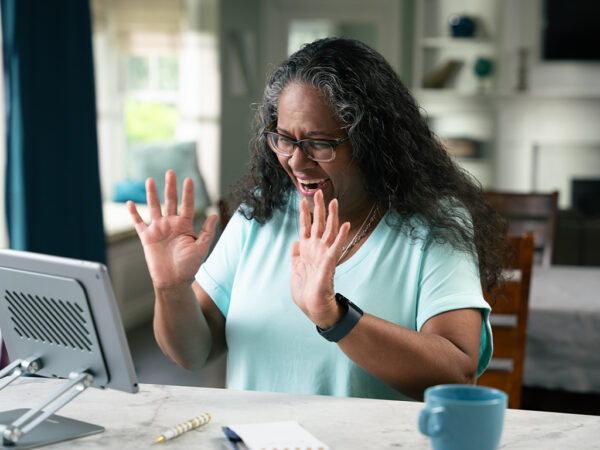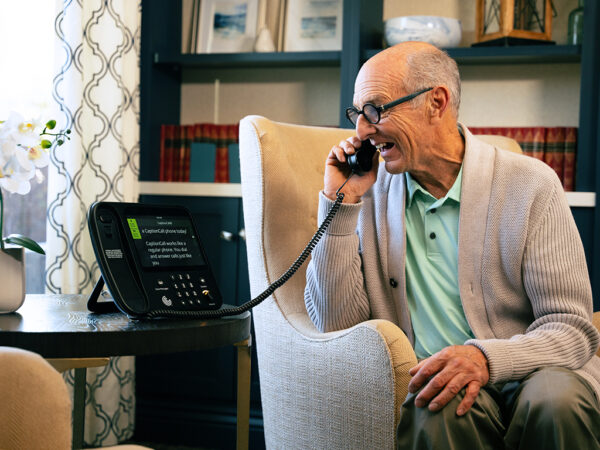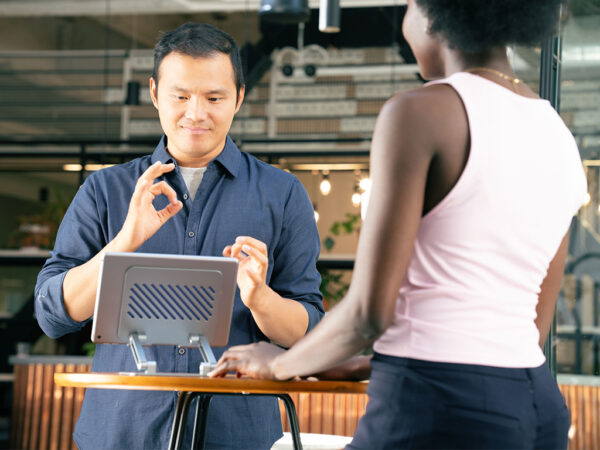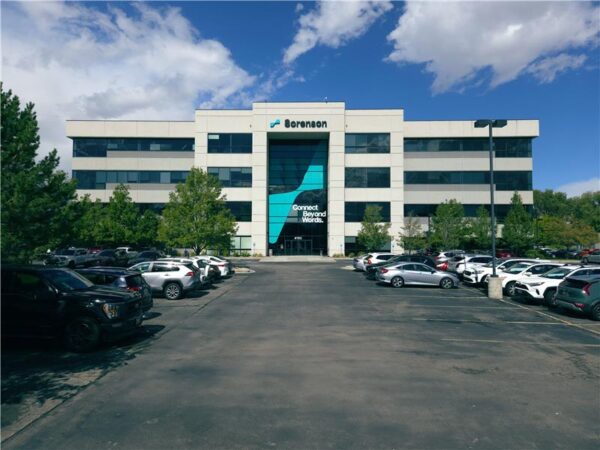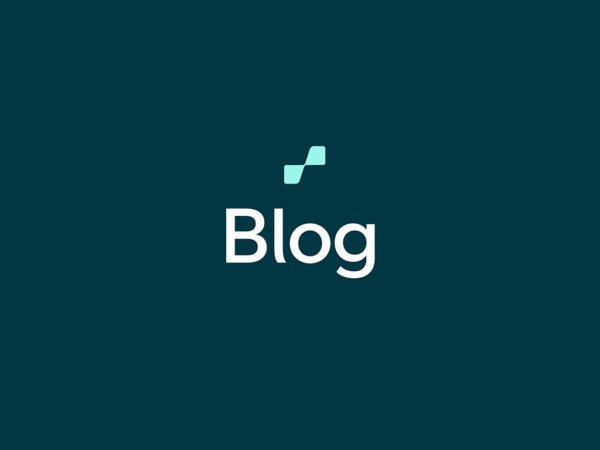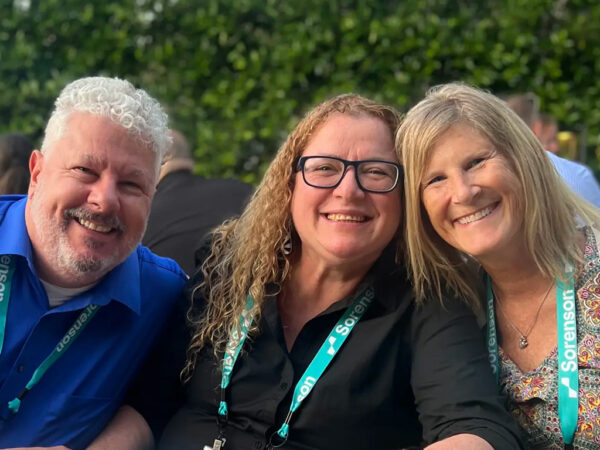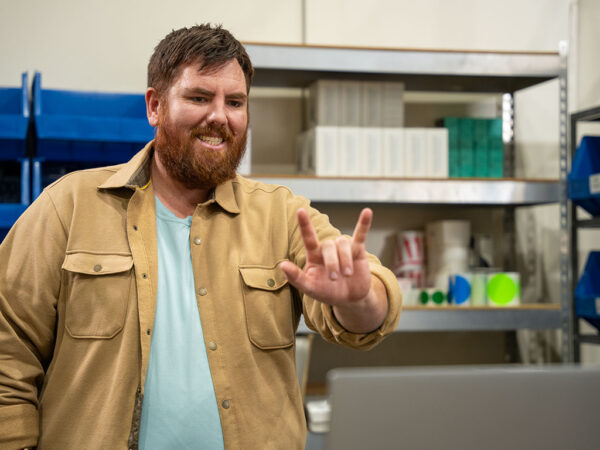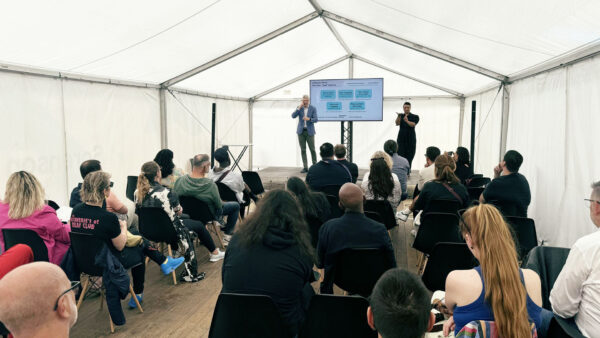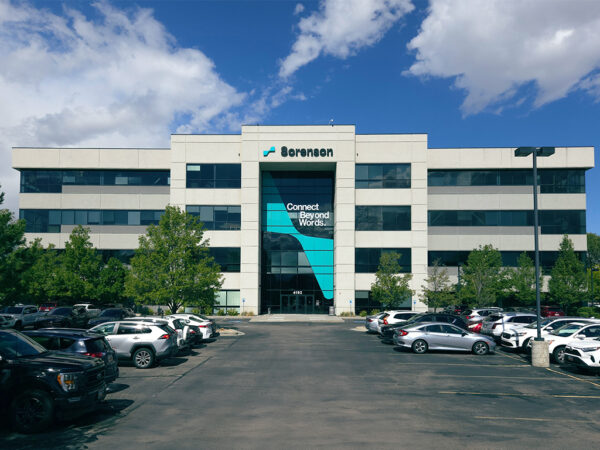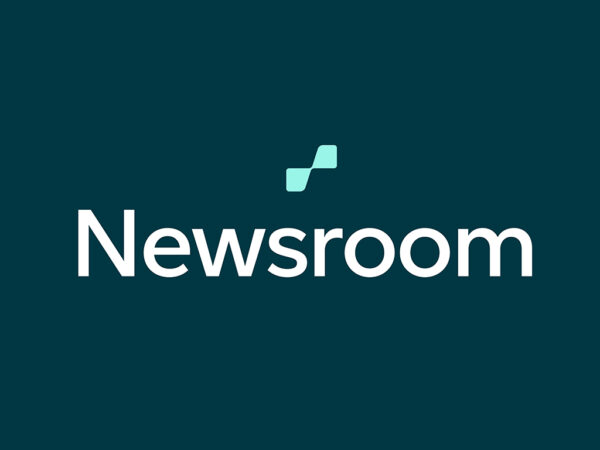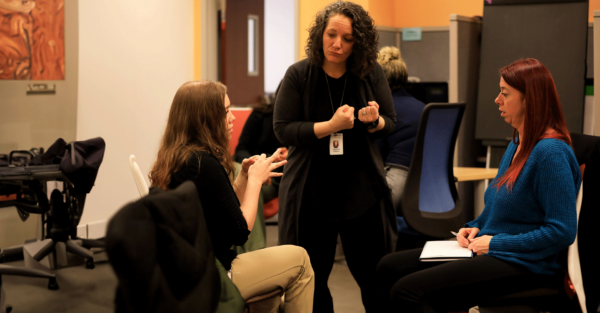Atomic Hands – Science, Technology, Engineering, and Math Accessibility in ASL

Dr. Alicia Wooten and Dr. Barbara Spiecker met as students at RIT. As they went on to earn their masters’ and doctorates, they realized that there was a need for signs in American Sign Language (ASL) for Science, Technology, Engineering, and Mathematics topics. After they went to a Deaf Academics Conference in Europe in 2017, they decided that instead of just talking about the need for those signs, they would act. They founded Atomic Hands and built their website to include signs for STEM vocabulary, videos explaining STEM concepts, and storybooks for STEM in ASL. They also collect STEM news, events, a list of STEM professionals for networking, and host workshops. To get involved and start learning about Deaf resources in STEM, head to Atomic Hands. We had the great opportunity to sit down with them and interview them about their journey and their goals.
Transcript:
Angela: My name is Angela Wells. I’m an Ambassador for Sorenson and I’ll be interviewing you two. Would you introduce yourselves?
Alicia: My name is Dr. Alicia Wooten. (shows name sign)
Barbara: I’m Dr. Barbara Spiecker. (shows name sign)
Challenges of being deaf in STEM
Angela: Nice to meet you. What challenges did you experience with English-centric wording, text, to translate into ASL (American Sign Language)?
Barbara: We were PhD students when we founded Atomic Hands. As we attended classes with teachers speaking English and interpreters that were not very familiar with the field, learning as they went, and we had to read course/reference books written in English and watch videos in English, we realized there really were no resources to watch, read, or discuss in our native language, ASL. That frustrated us and we felt it was time to create something that is natural to us and to the Deaf community.
Alicia: In addition, as visual learners we are not great with reading books, understanding them quickly, and moving on. We need more content and we need more ASL with its usage of space. That really pushed us to think about how to develop this kind of work.
Angela: How has the networking with Deaf people involved in STEM changed?
Barbara: Before we founded Atomic Hands most Deaf people in STEM were isolated. There was no network. We felt there was no way to share experiences and frustrations in navigating a hearing environment or share skills or information until we went to a Deaf academic conference in Europe and were able to collaborate with other Deaf people in STEM. We felt like there was nothing like that here in the United States. We brought that idea here and established Atomic Hands. We traveled all over, meeting other people. Now we have the first international Deaf STEM conference being hosted here in the United States. It’s great because now we know many people, and it’s easy to connect, share experiences, share resources and tools. Also, we now have different faces on videos to represent the community and reflect the diversity of Deaf people in STEM. So it’s changed a lot.
Alicia: And because of our network we meet people and see how they sign things which we use in our videos to show. We don’t make up our own signs. We take the various signs we learn from others and include them in our work. We have the opportunity to see what other people are doing, their sign language development for STEM, their work and research. And see what other role models are out there because, as Barbara said, many are alone. If you asked me ten years ago who the Deaf people in STEM were, I couldn’t answer. Now I can give you a list, both in the U.S., and internationally.
Why ASL access is crucial in STEM
Angela: Your website mentioned your frustration in not being able to access science videos in a spoken language even with captions. And that you need ASL for access. How do you change that?
Alicia: Wow, that’s a hard question, almost like a million-dollar question. If we could answer that, it would become a lot easier. Really, a lot of advocacy work, continually letting people know we are here to support the Deaf people in STEM. Often, we feel very discouraged with the lack of access and lack of inclusion. We try to pave the way and start that route so the next person behind us knows where to go and how to get there without all the frustrations that we faced in the past ten years.
Barbara: Also, the idea that captioning is sufficient for us to learn is not true. We have our native language for a reason, and that’s natural to us. We can understand captions because we are bilingual, yes, but our brain must work harder to process it. We have to read the English and translate it mentally into ASL and then understand what the content means. It’s quite a process. When we watch the same thing in ASL, we can notice the difference. We feel relaxed, more able to watch and enjoy the content than when we have to understand both English and the content. I think that sets a model that ASL is not less, but the same and puts English and ASL on the same footing.
Future of Atomic Hands
Angela: What are your big goals that will impact Atomic Hands going forward?
Alicia: We have a lot of ideas. We just formed a board of directors, and they also have a lot of great ideas. Our next goal is to expand to be able to do more things because there’s only so much we can do as two people. Some of the things we want to continue to do is to make storybooks for Deaf children related to STEM and we want to make more curriculum for K-12 programs. What else?
Barbara: I think our ultimate goal is to get the Deaf community to become curious about STEM instead of dreading it. We want to fundamentally change their frame of STEM. Another goal is to create ASL videos not just for the Deaf but for hearing people too. So they can watch it just like we watch Spanish-speaking movies with subtitles. When we’ve released some videos, there are some people who don’t know ASL that share them widely because they are visual, so those people see it and understand more than English videos. That is a great benefit and shows that languages can cross over both ways and share the language and educate the community about STEM.
Alicia: We’re trying to change the expectations. Deaf people talking about STEM is not just for Deaf people. It’s for anyone who is a visual learner and enjoys watching a different approach. We want to change the mind of hearing people that think just because they’re not Deaf means they can’t watch it and be involved.
Making STEM more inclusive
Angela: What could educational and STEM fields do to be more inclusive and welcoming to the Deaf community?
Alicia: I think we need to focus on making the workplace more friendly for the Deaf community. This means adding more exposure because there are hearing people who have never experienced Deaf people in STEM and don’t know what to do. So when a Deaf person comes in and says “Hi, I’m here and ready to work,” they just aren’t sure what to do. Do they need an interpreter or what? We really need to increase exposure and accessibility to make it a more friendly environment to those who say, “Hi, I’m new and I’m ready.”
Barbara: Also build a framework that says Deaf scientists, technicians, mathematicians should not be disregarded. They have a lot to contribute — important contributions. That means exposing people to that frame that says these people are smart and know what to do, are doing cool research and cool stuff. And the more they are welcomed and collaborated with, the more they contribute with their unique experiences to interdisciplinary efforts to be creative in science and other STEM technologies in this world.
Angela: Anything else you want to share with the Deaf community and even the hearing community?
Barbara: I think we are only two people, and we can’t just hope for what we want the future to look like. We have to act now to change that path to the future. We need all of you, both hearing and Deaf, to join in that effort to create a space where everyone feels involved and eager to join in and share the joy of learning STEM and talking about it. Atomic Hands is trying to create that space, and we need and welcome everyone to create that space with us.
Angela: Thank you for your time to talk with us and answer these questions. I’m interested to see how much your knowledge will spread to other people in this world.
Barbara: And thanks for giving us this space to share our story and inspire other people to join in our community efforts.
Alicia: Thank you. Love seeing Deaf trailblazers in STEM?
Related articles
Deaf Community
News
News and updates about Sorenson VRS products and features and the Deaf community
Hearing Health Providers News
Hearing loss news and trends for hearing health professionals
Hard-of-Hearing
News
News and updates about living well with hearing loss and getting the most out of CaptionCall and CaptionCall Mobile

No Value (acf:field_67911dacbb423)

No Value (acf:field_67911d8bbb421)



